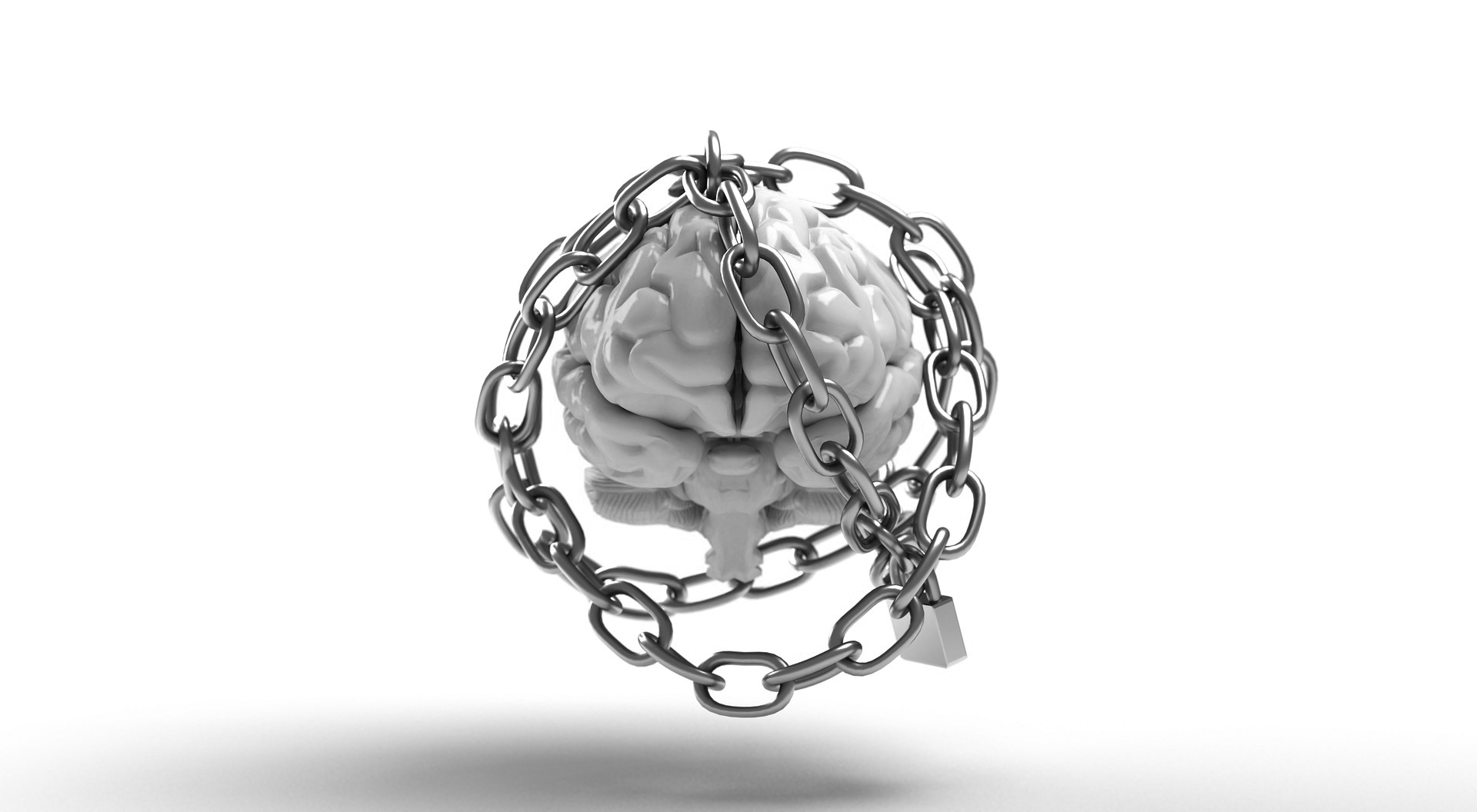Time and again during the Congressional hearings on the January 6 attack on the Capitol, the legislators and witnesses struggled to understand how Donald Trump could just flat-out deny he had lost the 2020 election. Didn’t matter what any aides or lawyers said – as far as he was concerned, he had won. And that justified any action taken to enforce his view.
I have found the most useful insights for understanding Donald Trump to be a decades-old book: Inside the Criminal Mind, by Dr Stanton Samenow. Samenow’s analytic framework can be applied to all sorts of people you meet in daily life, including, I believe, successful and widely admired business executives, politicians and high-ranking officials.
Essentially, Samenow says, criminals are fundamentally different from most of us. They see other humans as mere objects who are either potentially useful tools or obstacles. They don’t really care about anyone other than themselves and their gratification. As far as the criminal is concerned, they’re in colour while the rest of us are in black and white.
Stanton is a psychologist, not a medical doctor, but forensic psychiatrists I have spoken to, along with law enforcement people who have had to deal with criminals have recommended the book to me. The first time I heard about it was while being given a tour of the California State Hospital in Atascadero back in 2002.
Atascadero State is formally described as a maximum-security ‘forensic psychiatric facility’. In past times it would have been called an asylum for criminally insane men. It has been a controversial place, often subject to civil rights investigations, inmate lawsuits, murders of one inmate by another, massive staff turnover and challenges to the constitutionality of detaining convicted criminals there for long periods after their initial sentences were served.
You could also say that it was, and still is, a highly selective institution, with only 1,239 beds ‘serving’ a state with a population of over 45 million. It has its own police force, over 700 acres of property near the attractive town of San Luis Obispo and a staff-to-‘patient’ ratio of about 2 to 1. When I visited, doors were controlled by the staff’s keycards, but Atascadero had a much less forbidding aspect than most prisons.
What really struck me was the apparent proportion of ‘patients’ who were white with a presentable appearance, in contrast to most imprisoned people in the US. Even if I had not known that past Atascadero residents included famous serial killers and sex offenders, the ‘patients’ had an aura of extreme creepiness.
When I asked a nurse how the ‘patients’ spent their time, she replied with emphasis, “They scheme!”
The ‘patients’ were under constant observation by guards and staff, who knew their histories. Even so, I was told, about once a month a staff member would be fired for conspiring with a patient to commit a violation of hospital rules or the law.
How could that be? As a staff member recounted, “They [the patients] spend every waking moment figuring out your weaknesses. Then they try to use those to manipulate you into doing something for them. Maybe a small thing, maybe a big thing, but something forbidden.”
Why? “It’s who they are. They think everything is about personal dominance – power over others.”
Sound familiar? I have no professional opinion about whether Donald Trump can ever be convicted of a crime, but the Atascadero nurse’s analysis was, to me, eerily echoed by the testimony about exchanges in the Oval Office before the January 6 events.
Now, you might reasonably ask whether Samenow’s book-length analysis, or the nurse’s gut reaction, are based on scientific observations that can be independently replicated by other investigators. But when I looked, even briefly, into the eyes of the Atascadero ‘patients’, a chill went through me and I understood what they meant.
At some time in the past, though, one or more objects of their manipulation had not been able to see beyond the insincere charm and momentarily plausible lies. The difference between them and successful dishonest traders or undetected serial killers is that they got caught.
Most humans like to think of themselves as good people. Criminals do not. What matters to them is not empathy with others, but dominance.
I can readily accept that mistakes were being made in the treatments for the Atascadero ‘patients’. Research into brain processes or genetic predispositions to engage in malicious behavior has progressed.
But Samenow’s advice on how to deal with the criminal mind is useful on a trading floor or parliament as well as in a hospital for the criminally insane: recognise the personality type, set clear boundaries for acceptable behaviour and enforce your conditions.
Originally published by Thinking Ahead and reprinted here with permission.








